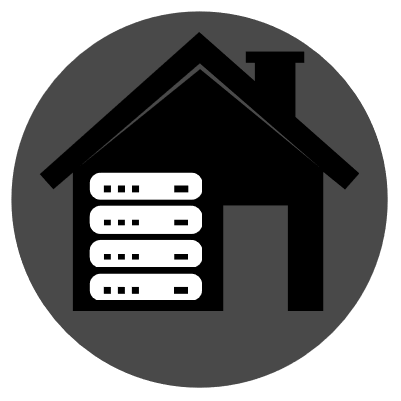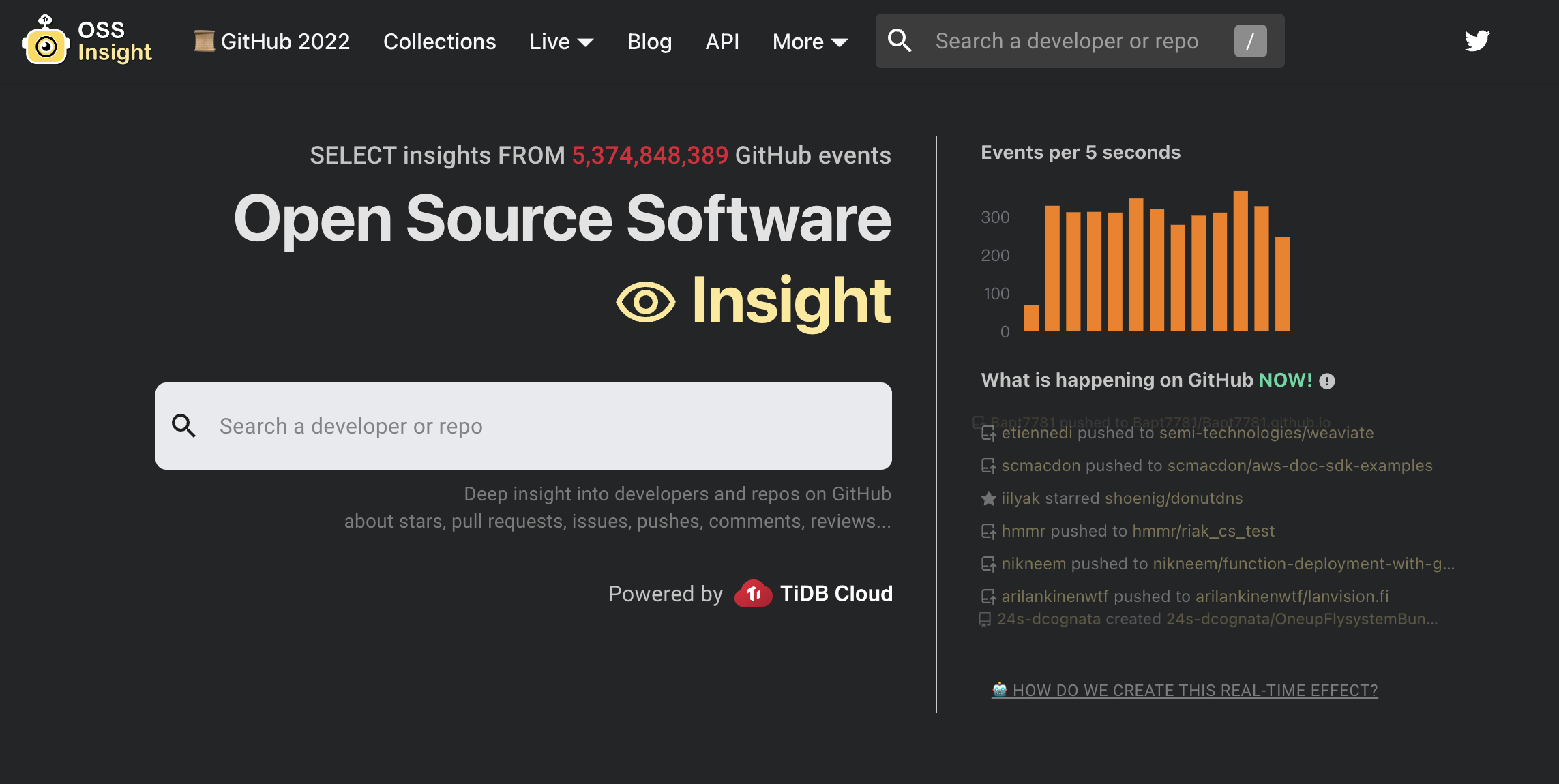yes, valid point, thank you for the correction
- 23 Posts
- 40 Comments
As jet points out, QEMU for actual hardware virtualisation.
There is one relevant thing, which is not exactly in the same category, but does somewhat similar thing:
containers
most popular example being Docker
https://en.wikipedia.org/wiki/Containerization_(computing)
containers don’t emulate whole hardware stack like virtual machines do, they just run the guest OS on top of host OS.
so because they don’t put resources towards emulating hardware, they are much more resource efficient.
so if your problem is “I’m running Fedora but I want to run something that for some reason runs just on Ubuntu”, then you could use containers for that.
containers are mostly used in headless environments (as in servers, no GUI), so running and displaying desktop Linux inside them is a bit tricky, but it can be done.
Lemmy is not like Reddit, you can edit the title even after the post was made.
Also, the latest release of Linux Mint is Xia:
https://www.linuxmint.com/download_all.php
https://en.wikipedia.org/wiki/Linux_Mint#Release_history
Termux + Termux-x11 + Proot for Linux software.
You can do it without Proot if all the software that you need is already in Termux-x11 repository.
SmartDock / Taskbar for Android applications.I made a relevant XDA thread some time ago.

 9·4 months ago
9·4 months agoThe term that is often used for that is “source available”. Good example of other software in this category would be what, Unreal Engine?
Heard good things about https://plausible.io/

 6·5 months ago
6·5 months agoRemind me in about a week to go check if someone has already made a software that can generate these “dont dead open inside” sentences which make sense in both ways.
doesn’t Steam Hardware Survey report way higher percentage of Linux users?
(Statista, Blackdown)
wouldn’t Valve’s numbers be more reliable?

 851·10 months ago
851·10 months agoFunny how people tend to quote Linus Torvalds on technical issues in order to prove a point. I hear the guy barely made it through college.
Actually, I lied about even that. I was thrown out of fourth grade because I couldn’t write my own name, and it’s been all downhill from there. I had to lie about getting into college just so that I’d have better chances of making a career here at McDonalds - if you have a college degree (or you lied about having one), they don’t make you scrape the burger pans.
heh, he had good sense of humour already back in 1999
there is a bridge, but some parts of the fediverse got very mad about it
https://github.com/snarfed/bridgy-fed/
https://fed.brid.gy/
I just have a HedgeDoc presentation and a subdomain on some public FreeDNS domain:
http://testman.kak.si/

 2·11 months ago
2·11 months agoOther comments already pointed to some very good software solutions.
But I would argue that absolutely the biggest barrier to entry for the masses is hardware.
Restoring an old PC or making some cable spaghetti with some SBC is currently too advanced for average person.
Self-hosting for the masses would require some new form of home servers.
Something modular, where adding new components would be as easy as playing with Lego bricks.

 31·1 year ago
31·1 year agoIs this the “agile” development methodology that I heard so much about?
GotHub seems to display basic GitHub stuff decently well.
https://gh.whateveritworks.org/
I wonder how angry will the maintainers be in 2036:
aaaa, why do we have to support this ancient release, why did we promise 12 years of support
















This could be relevant:
https://github.com/statping-ng/statping-ng